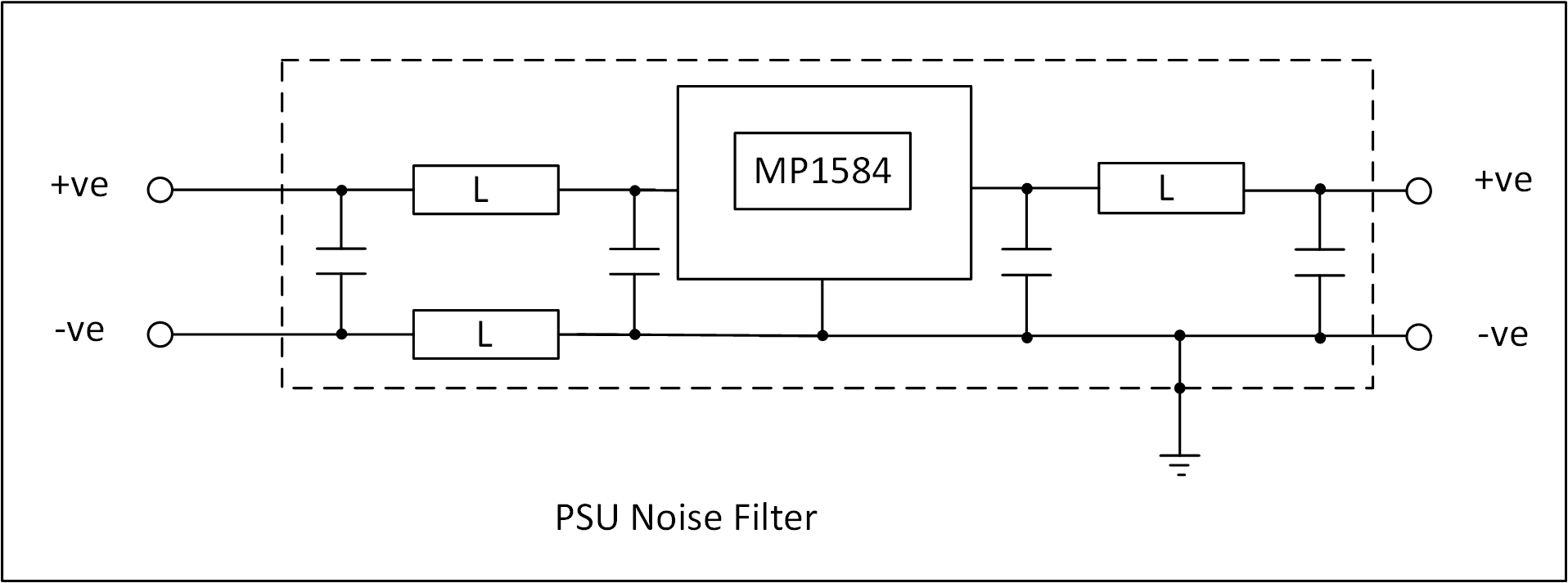G8JNJ
About
- Username
- G8JNJ
- Joined
- Visits
- 3,719
- Last Active
- Roles
- Member
- Points
- 16
Reactions
-
600 kHz wide mode
A bit more information for those interested in Wave Radars, cut an pasted links from discussions on other sites.
CODAR and WERA (now Helzel) are very similar systems, and I think that folks tend to call all of them CODAR, a bit like some brand names becoming used for all products of a certain type regardless of the actual manufacturer.
There are plenty of WERA systems operating, but maybe not in the USA, even so the chances are you will have heard one, but thought it was CODAR.
List of USA radars including manufacturer.
https://hfrnet.ucsd.edu/sitediag/stationList.php
You can also use this map.
https://cordc.ucsd.edu/projects/hfrnet/
Select station placemarks in the overlay menu to show them on the map.
If you click on each map pin it will give you more data, including the operating frequency.
Alternatively, there is this list, but it takes a very long time to load.
https://hfrnet.ucsd.edu/sitediag/stationList.php
WERA have a range of products, some of which have slightly different characteristics.
The European ones are listed in a table at the end of this document
https://eurogoos.eu/download/eu-hfradar-inventory-2016/?wpdmdl=9972&refresh=63f157c239dcf1676761026
An interactive on-line map of the current European sites can be found here.
https://eurogoos.eu/high-frequency-radar-task-team/
Regards,
Martin
-
600 kHz wide mode
They are Wave Radars, and sweep across the frequency range at a rate of approx 4Hz (250mS).
The ones you are hearing are most likely located at the Hook of Holland and Dyfamed in France, but there are likely to be other sources as it is a common frequency.
My KiWi's have most of the European ones marked with DX tags.
Regards,
Martin
-
Does this PSU seem adequate for two KiwiSDR's?
Philippe's comments are valid, but more related to Linear convertors / regulators.
This is what I did, but it is for a switching DC-DC convertor running at around 1MHz.
The capacitors were 10uF 25v SMD and the inductors were axial 22uH that I had lying around.
If running with a 12v input, the input inductors can have a lower current rating than the output inductor.
The whole circuit needs to be enclosed in a tinplate or brass box, and the capacitors need to be directly where the wires enter and leave the box.
Note that in this instance, the input negative is 'floating', but if you connect everything to the ground, then omit the input inductor in the -ve rail.
Regards,
Martin
-
Mouse wheel to tune the frequency? [added in v1.694]
I should have clarified the way it works a bit better.
Pushing the mouse wheel down whilst rotating it enables the opposite mode to the default that has been chosen. in OpenWebRX.
Having the possibility to tune using the mouse opens up other possibilities such as making your own VFO knob, using the optical encoder recovered from a scrap mouse, or buying one of the more expensive ready-made commercial items.
If it could be implemented in a way similar to that of OpenWebRX , then it would still retain the mouse wheel zoom option for those who prefer it, but offer an alternative for folks who would like to use mouse wheel tuning.
Try it and see for yourself.
If you open up the settings pane in the control panel, you should see the "Hold mouse wheel down to tune" tick box. Also set the tuning step size in the controls section, 500Hz or 1kHz is useful for SSB, as most folks use 'rounded up' frequencies.
I'm not specifically requesting this feature, as I don't wish to add to John's already massive workload of much more important issues, but I can understand the appeal of it.
Regards,
Martin
-
Opinions needed: Ham radio digital modes -- what's currently being used?
Hi John,
I think you have most of the common modes already covered, perhaps with the exception of ROS.
I agree about the lack of RSID. It is becoming increasingly difficult to identify some digital modes that are being used on the amateur bands. New ones seem to po up all of the time, and unless you are part of the "clique" that use them, up to date information regarding operational frequencies and specific modes, seems to be very hard to find.
Outside of the amateur bands
Winlink and Sailmail seem to be the only others that spring to mind and they use a mixture of Packet, Pactor, ARDOP and VARA, most of which is proprietary
https://www.winlink.org/RMSChannels
Regards,
Martin




